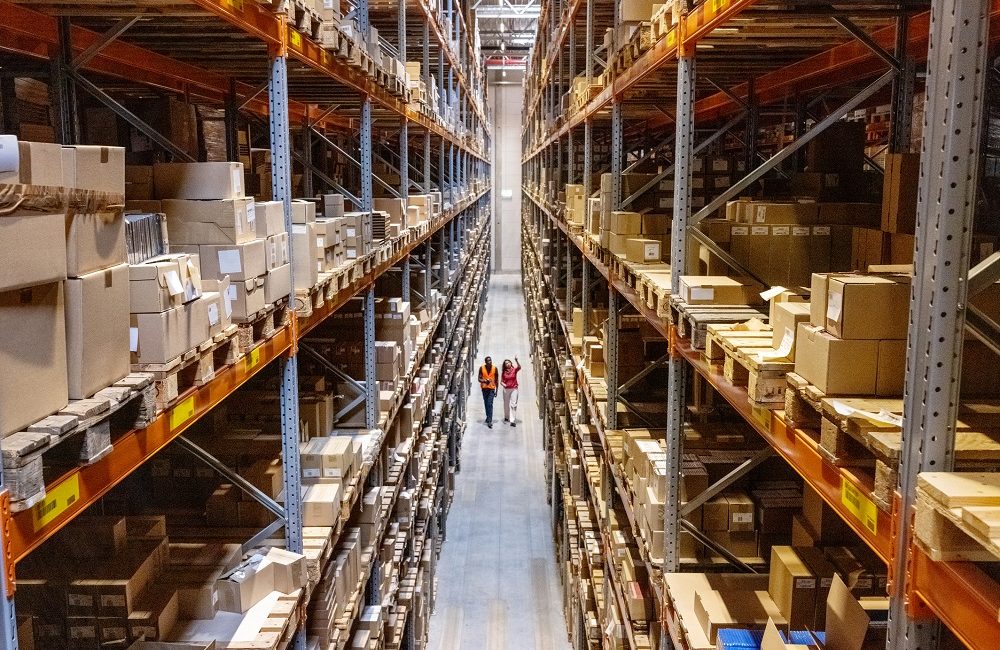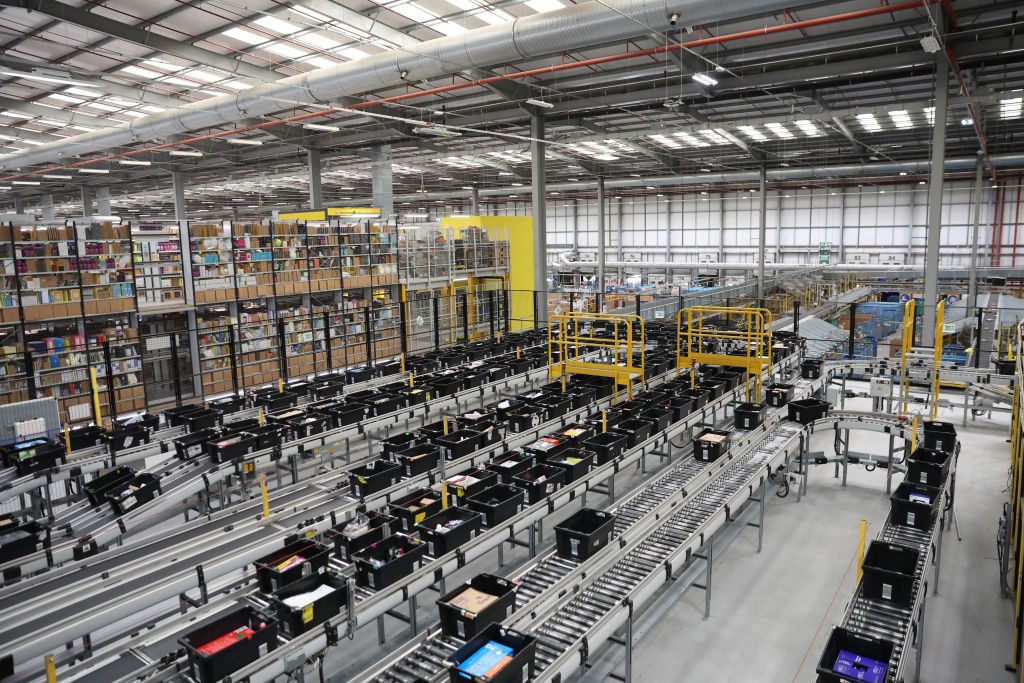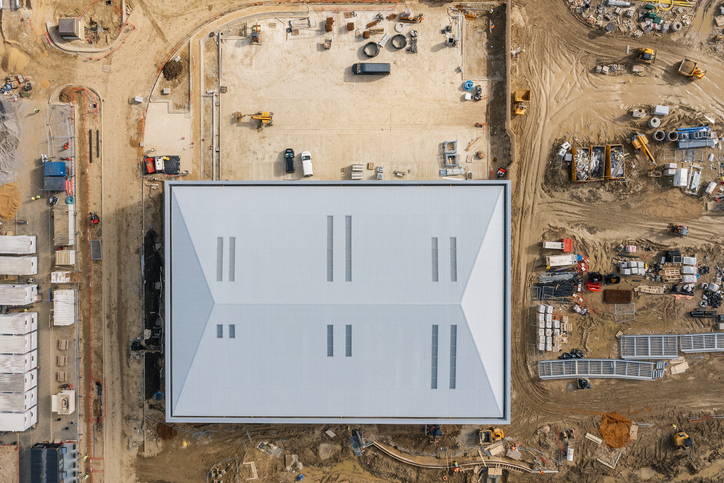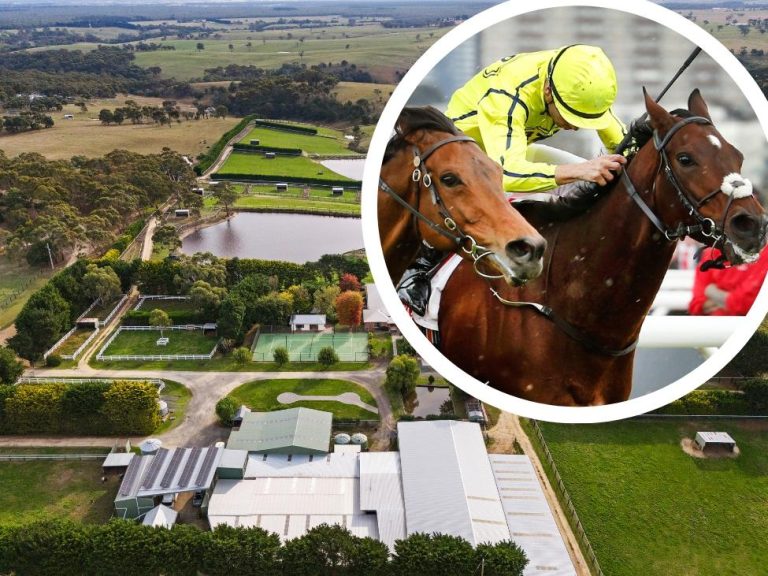Has the darling of commercial property lost its shine?

Industrial property has been the standout of Australia’s commercial property market, but a recent increase in warehouse vacancy has marked a surprising turn for the star sector.
Recent Knight Frank data has shown a 7% lift in industrial vacancy rates across Sydney, Melbourne and Brisbane during the final quarter of 2023.
It signals a potential rebalancing after a severe undersupply of warehouse space sparked a flurry of industrial construction across the eastern seaboard last year. In 2023, east coast warehouse construction surged by 26% to 2.6 million square metres, with projections that new supply will top those record levels again in 2024.
“This level of construction is beginning to ease undersupply in the market, and we are now seeing a return towards more normal vacancy levels and rental growth amid ongoing robust tenant demand,” Knight Frank national head of industrial Logistics James Templeton said.

Increased demand for online shopping and home deliveries during the pandemic fuelled an industrial property boom. Picture: Nathan Stirk/Getty Images
“Annual take-up across the east coast was 2.8 million sqm, only 5% below 2022, as tenant activity has somewhat defied softening sentiment on rental affordability.
“With more than a million sqm of pre-committed space expected to be delivered in 2024, the supply for 2024 may well be on par with last year.”
Despite the uplift in vacancy rates, the Knight Frank Australian Industrial Review report shows the eastern seaboard industrial vacancy rate is still 42% below the level of two years ago and 70% below the 2020 peak.
The lift in the total vacancy rate was driven by the secondary market, with the vacancy rate for B-grade warehouses up 30% during the three months to end-2023.
Online shopping supercharging warehouse market
The industrial property sector boomed throughout the pandemic as businesses scrambled for warehouses to improve their online shopping offerings and home delivery services.
PropTrack economist Anne Flaherty said the pandemic drove a rapid lift in demand for warehouse space.
“We saw an incredible need for warehouse and storage facilities because of the boom in online shopping,” Ms Flaherty said.
“Online shopping is going to continue to grow in Australia and we have a growing population who need more goods and services, which will support the need for more warehouse space.”
Australia’s online share of retail sales reached 13% in 2023 to be four years ahead of the pre-pandemic trend rate and is expected to reach 15% by late 2026, according to CBRE.

Warehouse building increased 26% year-on-year to 2.6 million sqm across Sydney, Melbourne and Brisbane in 2023. Picture: Getty
E-commerce has accounted for an average of 25% of Australia’s industrial and logistics occupier demand across the eastern seaboard over the past three years.
However, Ms Flaherty noted that economic conditions had been weaker amid the higher interest rate environment.
“We have seen business insolvencies increase across all industries, including industries that occupy warehouses, and I think that’s a key reason why we have seen some more warehouse space come online,” she said.
“That said, those warehouse spaces that do come online are seeing strong demand from prospective tenants, so it’s still a good market.”
Industrial set to become biggest commercial property sector
Rapid rental growth during the pandemic has seen the industrial and logistics sector reach a new milestone, with the value of the sector’s investment universe reaching close to $300 billion to be on par with the office sector for the first-time ever, according to CBRE.
CBRE Australian head of industrial and logistics research Sass Jalili said the sector posted record rental growth of 18% in 2023.
“We forecast Australia’s industrial and logistics investable universe will reach $410 billion in the next decade and expect the asset class to remain the dominant commercial sector over the next few years,” Ms Jalili said.

E-commerce accounted for 25% on average of industrial occupier demand across the eastern seaboard over the past three years. Picture: Getty
While CBRE expects rental growth to slow, rents will keep rising given that vacancy rates were expected to remain at historically low levels.
Ms Jalili said occupiers would have more choice this year, as more space was anticipated to come to the market.
“Despite this, the 2024 supply pipeline is already 50% pre-committed and therefore vacancies won’t reach the equilibrium rate of 4% in the next 12 months,” she said.
“We forecast rental growth for the year ahead will be in high single digits, particularly for markets where vacancy rates currently remain below 1%.”







